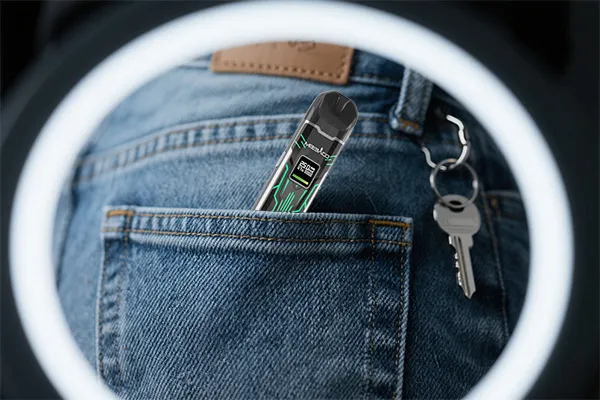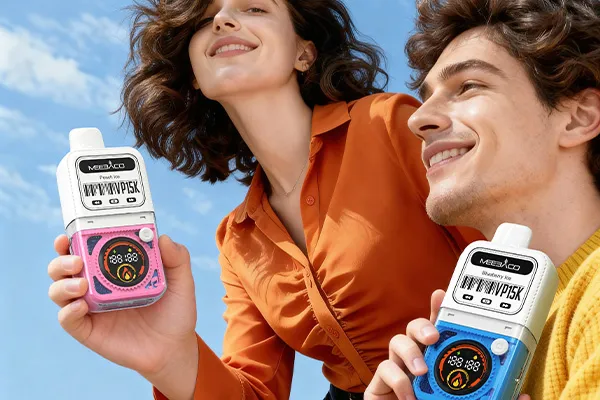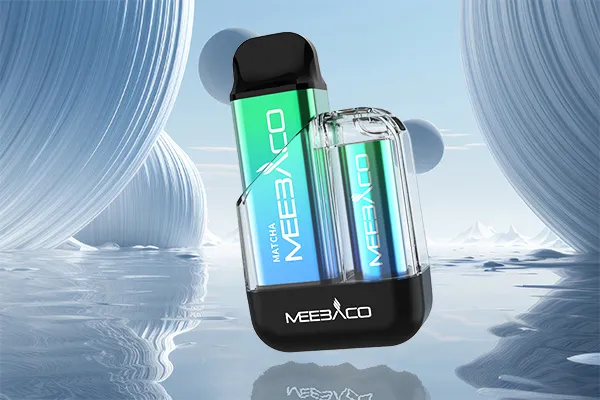You can master the latest information, new product , exhibition, promotion, etc
Vape batteries are the core of your vaping device, and their safe use directly impacts your experience and well-being. Many vapers overlook the risks of improper battery handling—especially overcharging, over-discharging, and incorrect use of fast charging equipment. This guide breaks down the key hazards of these common mistakes and provides actionable precautions to keep your vape batteries reliable and safe. Whether you’re a casual vaper or a seasoned enthusiast, understanding these safety basics is essential for responsible vaping.
The Dangers of Overcharging Vape Batteries
Overcharging occurs when a vape battery is left connected to a charger long after reaching full capacity. This common mistake poses serious risks that shouldn’t be ignored.
Battery Degradation: Continuous overcharging damages the battery’s internal cells, reducing its lifespan significantly. Over time, the battery will hold less charge, requiring more frequent recharges and eventually needing replacement.
Thermal Runaway: Excess energy from overcharging generates excessive heat. This can trigger thermal runaway—a chain reaction where the battery temperature spikes rapidly, leading to swelling, leakage of toxic chemicals, or even combustion and explosions.
Device Damage: Overcharged batteries can leak electrolytes, corroding the internal components of your vape device. This not only ruins the device but also creates additional safety hazards, such as short circuits.
Risks of Over-Discharging Vape Batteries
Over-discharging happens when you use a vape battery until it’s completely drained, often below the safe voltage threshold (typically 3.0V for most lithium-ion vape batteries). This practice is just as harmful as overcharging.
Permanent Cell Damage: Lithium-ion batteries rely on stable voltage to function. Draining them below the safe limit damages the internal structure of the cells, making it impossible to fully recharge the battery again.
Increased Short Circuit Risk: Over-discharged batteries are more prone to internal short circuits. A short circuit can cause sudden heat buildup, leading to battery swelling, fire, or explosion when reconnected to a charger.
Unreliable Performance: Even if an over-discharged battery can be recharged, its performance will be severely compromised. It may deliver inconsistent power, cause your vape device to shut down unexpectedly, or fail entirely during use.

Key Precautions for Using Fast Charging Devices with Vape Batteries
Fast charging has become a popular convenience, but using it with vape batteries requires extra care. Not all vape batteries and chargers are designed for fast charging, so following these guidelines is crucial.
Use Compatible Equipment: Only use fast chargers that are specifically designed for your vape battery’s type and voltage. Mismatched chargers can deliver too much current, overwhelming the battery and causing overheating.
Avoid Unbranded or Low-Quality Chargers: Cheap, uncertified fast chargers lack safety mechanisms to regulate current and voltage. Invest in reputable, UL-certified chargers from trusted manufacturers to ensure stable and safe charging.
Monitor Charging Temperature: Fast charging generates more heat than standard charging. Keep an eye on your battery and charger during the process—if either becomes excessively hot (too hot to touch comfortably), stop charging immediately and let them cool down.
Don’t Leave Fast Charging Unattended: Never leave a vape battery connected to a fast charger overnight or for extended periods. Fast charging should be supervised to prevent overcharging, as some fast chargers may not automatically shut off once the battery is full.
Check Battery Condition First: Before using fast charging, inspect your battery for signs of damage—such as swelling, dents, or leakage. Damaged batteries are more vulnerable to risks when exposed to fast charging currents.
General Vape Battery Safety Tips to Reinforce Protection
In addition to addressing overcharging, over-discharging, and fast charging, these general tips will further enhance your vape battery safety.
Store Batteries Properly: Keep vape batteries in a cool, dry place away from direct sunlight, heat sources, and metal objects. Use battery cases to prevent short circuits when carrying spare batteries.
Charge on a Non-Flammable Surface: Always charge your vape battery on a hard, non-flammable surface (such as a ceramic tile or metal tray). Avoid charging on beds, couches, or carpets, which can catch fire if the battery malfunctions.
Replace Damaged Batteries Promptly: If you notice any signs of battery damage—swelling, leakage, discoloration, or reduced performance—stop using it immediately and dispose of it properly. Never attempt to repair a damaged vape battery.
Follow Manufacturer Guidelines: Always refer to your vape device and battery manufacturer’s instructions for charging times, compatible chargers, and safe usage practices.
Vape battery safety is not something to take lightly. Overcharging and over-discharging can lead to battery failure, device damage, and even serious safety incidents, while improper fast charging amplifies these risks. By understanding the hazards and following the precautions outlined in this guide, you can protect yourself, extend your battery’s lifespan, and enjoy a safe vaping experience. Remember, responsible battery handling is the foundation of a reliable and risk-free vaping routine.









